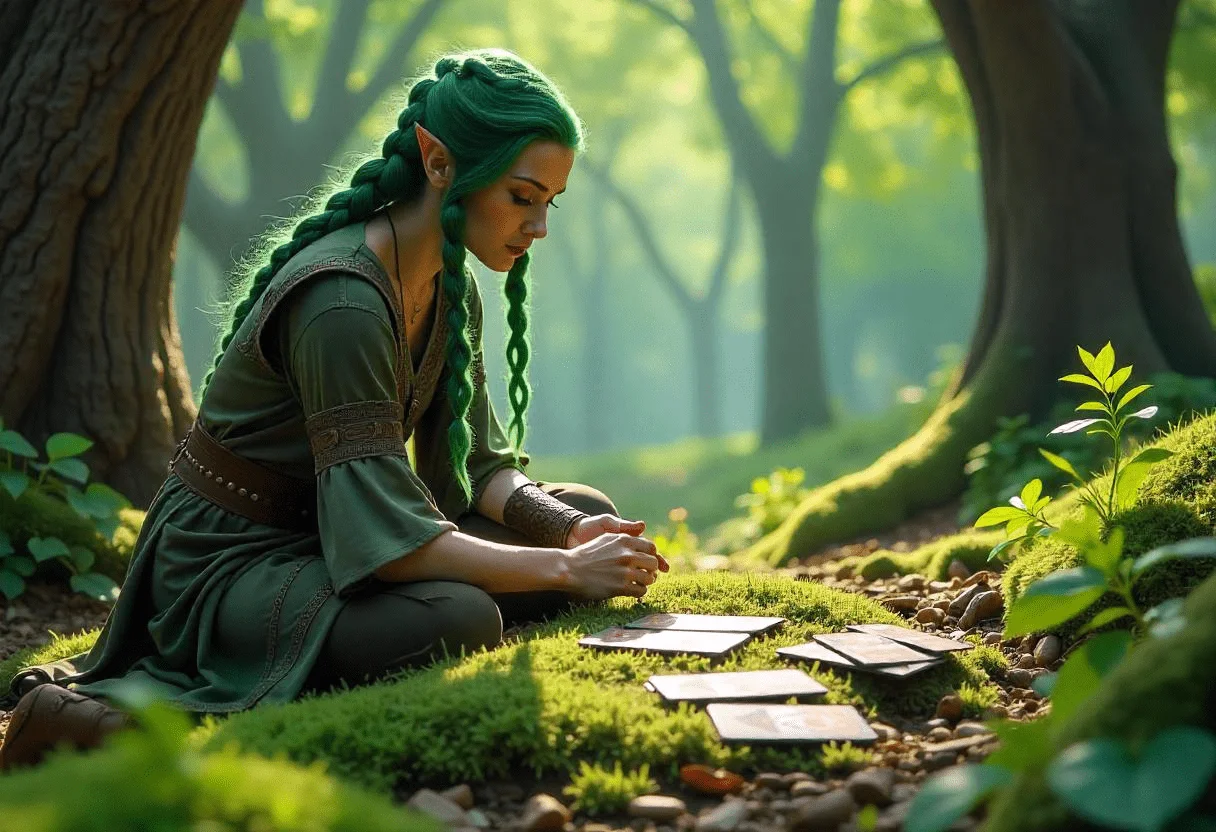Introduction to Gwent
Gwent is a strategic collectible card game (CCG) set in The Witcher universe, developed by CD Projekt Red. Originally a mini-game in The Witcher 3: Wild Hunt, Gwent evolved into a standalone title with deep mechanics, faction-based strategies, and a dedicated competitive scene.
Unlike traditional CCGs like Hearthstone or Magic: The Gathering, Gwent features a best-of-three round system, rewarding players who master tempo, bluffing, and deck efficiency.
How to Play Gwent: The Basics
Each match consists of three rounds, and the goal is to win two out of three by having the highest power on your side of the board.
1. Deck Structure
A deck consists of 25 cards, with a mix of bronze (common), silver, and gold (legendary) cards.
Each deck belongs to a faction, granting unique abilities and playstyles.
2. Rounds & Card Advantage
Players alternate turns, placing one card per turn.
Instead of a mana system, you must manage resources and deck consistency wisely.
Winning a round early can grant card advantage in later rounds, a crucial strategy in high-level play.
Gwent Factions & Playstyles
Gwent features six factions, each with distinct abilities and strategies:
1️⃣ Nilfgaard (Control & Spies)
Focuses on disrupting opponents with spying units and deck manipulation.
Key Mechanics: Reveal enemy cards, force opponent discards, control-heavy playstyle.
Top Decks: Tactics (Masquerade Ball), Spies & Assimilate.
2️⃣ Skellige (Resurrection & Damage)
Thrives on self-wound mechanics and reviving powerful units.
Key Mechanics: Bloodthirst, Resurrect, Damage-based synergies.
Top Decks: Warriors, Veterans, Self-Wound.
3️⃣ Northern Realms (Boost & Engine Play)
Specializes in boosting allied units and using strong engines.
Key Mechanics: Formation, Shield, Order-based effects.
Top Decks: Draug (Human to Revenant Conversion), Knights & Siege.
4️⃣ Monsters (Thrive & Swarm)
Focuses on playing strong monsters that grow over time.
Key Mechanics: Thrive, Consume, Deathwish.
Top Decks: Koshchey Thrive, Auberon Swarm, Devotion Monsters.
5️⃣ Syndicate (Coin Management & Crime)
Uses a unique coin economy to power abilities.
Key Mechanics: Hoard, Tribute, Crime & Bounty.
Top Decks: King of Beggars Crime, Tunnel Drill Engine.
6️⃣ Scoia’tael (Elf & Dwarf Synergy)
Specializes in playing multiple small units quickly with boost synergies.
Key Mechanics: Harmony, Hand Buff, Traps.
Top Decks: Harmony, Guerilla Traps, Dwarf Swarm.
Best Gwent Meta Decks (March 2025 Update)
Here are the top-performing decks in the current meta:
🔥 1. Nilfgaard – Spies & Assimilate
Strength: Card advantage & deck disruption.
Key Cards: Braathens, Coup de Grâce, Masquerade Ball.
Win Condition: Deploy multiple spying units, use Assimilate engines to generate value.
🔥 2. Skellige – Warrior Overpower
Strength: High-damage combos and self-wound synergy.
Key Cards: Eist Tuirseach, Sove, An Craite Greatsword.
Win Condition: Use resurrect effects to keep powerful units on the board.
🔥 3. Monsters – Koshchey Thrive
Strength: Massive power gain through Thrive mechanics.
Key Cards: Koshchey, Auberon, Haunt.
Win Condition: Play low-cost Thrive units, then unleash high-power monsters.
Top Strategies for Winning in Gwent
✅ 1. Learn When to Pass a Round
Winning a single round is not enough—you must win two out of three.
Sacrificing a round early to gain card advantage later is a pro move.
✅ 2. Card Advantage is Everything
Keep more cards than your opponent for Round 3.
Use engines (cards that gain value over time) to maximize power per turn.
✅ 3. Play Around Your Opponent’s Strengths
Against Nilfgaard? Expect deck manipulation & spies.
Facing Monsters? Prepare for Thrive & Consume combos.
✅ 4. Master Faction Abilities
Each faction has Leader Abilities that synergize with deck strategies.
Example: Northern Realms’ Mobilization spawns extra units for engines.
Gwent Competitive Play & Ranked Ladder
Ranked Play: Players climb from Rank 30 to Pro Rank by winning matches.
Seasonal Rewards: Earn exclusive cards, avatars, and borders based on rank.
Gwent Open & Masters: CD Projekt Red hosts official esports tournaments with cash prizes.
Conclusion
Gwent is a deep and rewarding card game that balances skill, strategy, and deckbuilding. Whether you’re a new player learning the basics or a competitive gamer climbing the ladder, understanding the meta, factions, and gameplay mechanics is key to success.
Ready to dominate in Gwent? Start building your deck, master your faction, and take on the best players in the world!

No responses yet